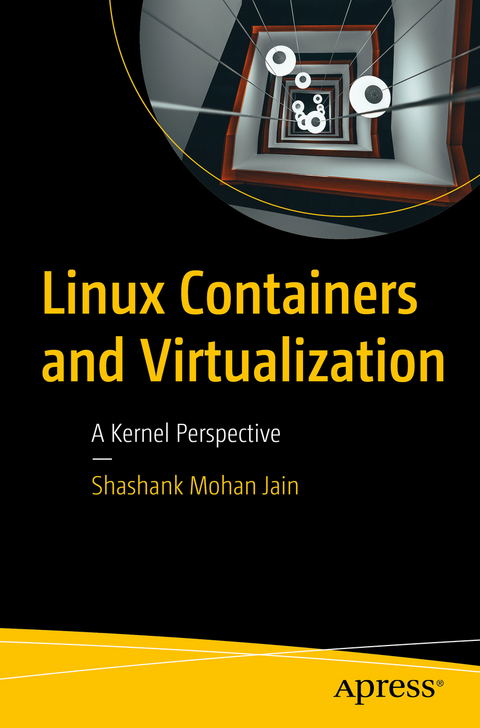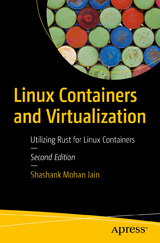
Linux Containers and Virtualization
Apress (Verlag)
978-1-4842-6282-5 (ISBN)
- Titel erscheint in neuer
- Artikel merken
You will start with the fundamentals of virtualization including how different resources such as memory, CPU, network, and storage are virtualized. Then you will move on to hypervisors and virtualization using the Kernel virtual Machine (KVM) and Quick Emulator (QEMU). Next, you will learn about Linux namespace, cgroups, and layered file systems, which are the essential building blocks of Linux containers. The explanation traverses the Linux kernel codebase to show how these are realized in the Linux kernel. In the final chapter, you will code your own container by applying the concepts learnt in the previous chapters.
On completion of the book, you will have the knowledge to start coding a Linux container.
What You Will Learn
Understand the basics of virtualization
Discover how the Linux kernel supports virtualization
See how the evolution of the Linux kernel and CPUs led to the creation of containerization technologies
Develop the ability to create your own container framework
Who This Book Is For
Developers working on virtualized software deployment and containers. Architects designing platforms based on a container runtime as well as DevOps professionals who want to get a microscopic view on how containers and virtualization work would find the book useful.
Shashank Mohan Jain has been working in the IT industry for around 20 years mainly in the areas of cloud computing and distributed systems. He has keen interests in virtualization techniques, security, and complex systems. Shashank has 25 software patents (many yet to be published) to his name in the area of cloud computing, IoT, and machine learning. He is a speaker at multiple reputed cloud conferences. Shashank holds Sun, Microsoft, and Linux kernel certifications.
Chapter 1: Virtualization Basics VM Based VirtualizationContainer Based VirtualizationHypervisorMemory VirtualizationCPU VirtualizationIO Virtualization
Chapter 2: HypervisorVt-xQEMUSteps to Create VM Using KVM ModuleVhost Base Data communicationA Small Detour on What is an EventfdAlternative Virtualization MechanismsSummary of Alternate Virtualization Approaches
Chapter 3: NamespacesNamespace TypesAdd a Device to a Namespace
Chapter 4: CgroupsCreate a Sample CgroupCgroup Types
Chapter 5: Layered File SystemsUnion File System
Chapter 6: Creating a Container YourselfUTS NamespaceGoLang InstallationContainer with NamespaceAdding More NamespacesGetting Shell With-In ContainerProviding Root File SystemMount Proc File SystemEnabling Networking for the ContainerEnabling Cgroups for Container
| Erscheinungsdatum | 26.10.2020 |
|---|---|
| Zusatzinfo | 45 Illustrations, black and white; XIII, 148 p. 45 illus. |
| Verlagsort | Berkley |
| Sprache | englisch |
| Maße | 155 x 235 mm |
| Gewicht | 454 g |
| Themenwelt | Informatik ► Betriebssysteme / Server ► Unix / Linux |
| Schlagworte | Cgroups • Docker • File Systems • hypervisors • Kernel Virtual machine (KVM) • Namespace • Quick Emulator (QEMU) |
| ISBN-10 | 1-4842-6282-4 / 1484262824 |
| ISBN-13 | 978-1-4842-6282-5 / 9781484262825 |
| Zustand | Neuware |
| Informationen gemäß Produktsicherheitsverordnung (GPSR) | |
| Haben Sie eine Frage zum Produkt? |
aus dem Bereich



